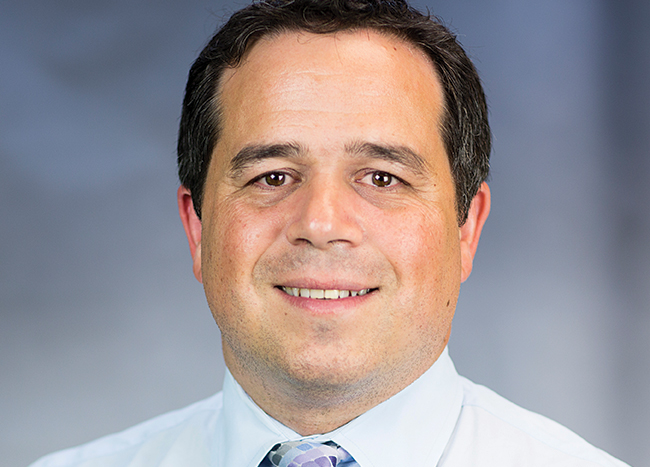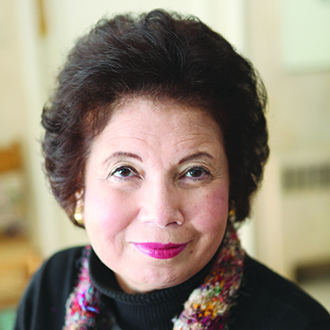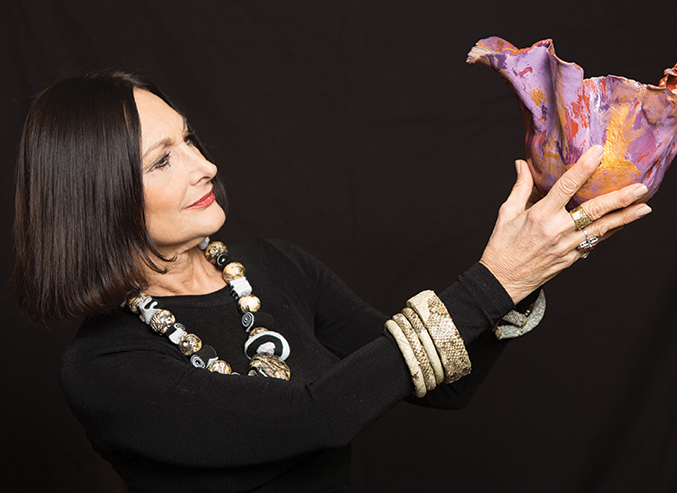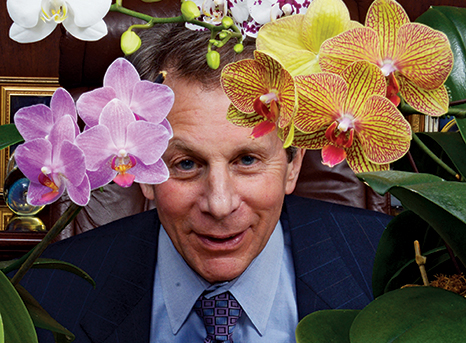To say it’s a new day in the treatment of heart disease is a vast understatement.
Many new procedures have emerged that make things much easier on patients, with improved results and shorter recovery times.
In the forefront of these advances is Dr. Matthew R. Williams, who heads the structural and heart valve program at the NYU Langone Medical Center in Manhattan. Williams’ extensive and multifaceted training has earned him the positions of chief of adult cardiac surgery, director of interventional cardiology and director of the valve program.
In addition to being a highly skilled cardiac surgeon, Williams is an interventional cardiologist, using catheters, balloons and stents to treat blocked arteries and valves.
“This is the area that has advanced most dramatically in recent years,” he said. “Treatment of valve disease has taken big steps forward, including highly successful repairs of the mitral valve and replacement of the aortic valve.”
Always focused
A native of Utah, Williams said he was always interested in being a doctor. “From early childhood I was drawn to the idea of helping others and science fascinated me,” he said. “I used to do operations on bananas, with raisin transplants a specialty.”
With his eyes on the prize of a career in medicine, Williams got his medical degree from Columbia University College of Physicians and Surgeons in 1996, followed by a research fellowship at Columbia University Medical Center, a residency in general surgery at Columbia and the UCLA Medical Center; and fellowships in cardiothoracic surgery and interventional cardiology, both at Columbia.
He was co-director of the Columbia’s Heart Valve Center until six months ago when he left to join NYU Langone. (He, wife Sara, who’s in publishing, and daughters Zoe, 8, and Lola, 3, divide their time between homes on the Upper West Side and New Milford.)
“My training in both cardiac surgery and interventional cardiology give me the opportunity to do the very best for my patients,” he said. “These are usually completely different training paths, treating essentially the same problem with different skill sets. For example, most people think ‘bypass’ when they think of cardiac surgery and ‘catheterization’ when imagining interventional cardiology. Thanks to my training, I do both.”
Major advances
Williams said the area that has advanced the most in recent years has been in the treatment of valvular disease using interventional cardiology, his specialty. Interventional cardiology deals specifically with the treatment of structural heart disease, including conditions affecting the mitral valve and the aortic valve.
“The new technologies now at hand allow us to repair mitral valves and replace aortic valves with transcatheter techniques,” he said.
Many procedures can be performed on the heart using catheterization. The main advantage of using interventional cardiology is the avoidance of large scars and pain and long postoperative recovery times.
“Aortic stenosis, where the aortic valve leading to the heart becomes calcified, narrows and doesn’t function properly, is a common condition among the elderly,” Williams said. “If untreated, it has a high mortality rate. It used to require open heart surgery, but now we can remove the old damaged valve and insert a new valve using advanced catheterization techniques. In most cases, the patient does not have to go under general anesthesia.”
Repair of the mitral valve is also now a routine procedure.
“The mitral valve has a different structure and tends to leak rather than narrow through calcification,” he said. “Using minimally invasive surgery we can repair the leak or, if necessary, replace the valve. We have a 95 percent success rate, even factoring in older patients who can be at high risk. They may require more sophisticated techniques, but we have helped many patients in their 90s. In fact, I have operated on a patient who was 101 years of age.”
Williams said he is especially gratified with his work on older patients.
“They come in very sick and depressed, sometimes with extreme shortness of breath. Of course they want to live, but what they are most interested in is an improved quality of life. We can take a 90-year-old and have them up and walking the next day.”
High success rates are not possible without a total team approach, he added. “It is not just what I do. It is the support I get from everyone on our patient care team. It is collaborative care at the best.”
Looking ahead
Seeking to take interventional cardiology to an even higher level, Williams is involved in research on a new valve that is smaller than the ones currently in use and can be repositioned during the procedures. “This gives us a lot more flexibility. We can make needed adjustments then and there to get the best possible result.”
The new valve is called Evolut-R and Williams thinks it has great possibilities for making good outcomes even better.
Looking back over his career to date, Williams said he has found it personally fulfilling and exciting.
“About 25 percent of my patients are in their 90s,” he said. “Not that long ago, they would have been deemed not eligible for surgery. But today they come to me to, as one patient said, ‘to get fixed or die trying.’ Age and the aging process can be relative, with some 90 year-olds in better shape than many 70- year-olds. There is nothing more gratifying then to see them a week or a month later, greatly improved and looking forward to some more years with a vastly improved quality of life.”




